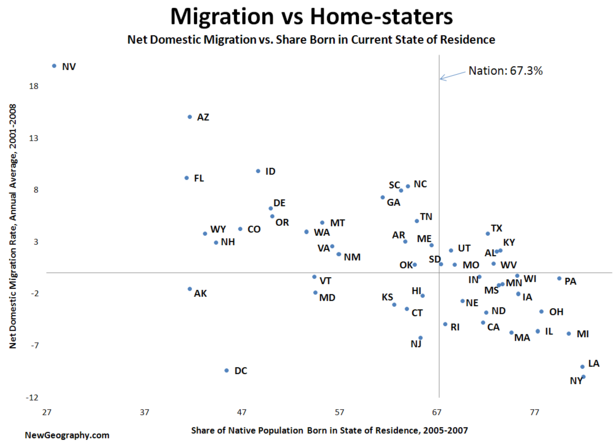That was the question posed to character actor and West Irvine, Kentucky native, Harry Dean Stanton, in a recent Esquire interview. “There is no answer to the state of Kentucky,” he said.
And so after the battering Kentucky took during the primary elections we continue to get The Beverly Hillbillies treatment by the media. Particularly memorable was CNN’s “interview” with down and out squatters in Clay County lamenting their hard-knock lot in life. Even some of our own natives, like Stanton I presume, see a lost cause.
The history goes back to the coal mining wars with Lyndon Baines Johnson’s 1964 announcement of the War on Poverty. He was photographed on the front porch of a run-down house in Inez, Ky. For decades, that famous photo has demonstrated the failures of the family on the front porch – and how far we have not come in conquering that scourge.
As Inez banker (and former RNC Chairman) Mike Duncan recently put it, “The War on Poverty did not succeed.”
And, then comes Diane Sawyer, this past Friday on 20/20. Ms. Sawyer, a native of Kentucky has always shown a great interest in “us.” She has come to the mountains and coal fields on several occasions – most recently to develop this story. We trust that her intentions are good – we are certainly proud of her and the achievements of the many famed Kentuckians who have gone on to do great work in Kentucky and elsewhere.
Back home, the reviews of her 20/20 segment are mixed. Facebook postings point out that, while sad and heart wrenching, the truth is what it is. Statistics can lie but they must be heeded. And they are heartbreaking – drugs, obesity and dead ends that lead to a general malaise about how any government or private efforts can ever make a difference.
But there are bigger stories to tell. For one thing, we are not alone. What isn’t covered in all the “Richard Florida creative class” media hype is that lots of communities face the same situation as those in Appalachia. Florida contends that our big cities won’t be successful in the future without an infusion of educated, innovative and creative people. I think the examples of decay are far worse in the gleaming cities of New York City, Boston and others. There are Americans left behind in the urban lands of plenty as well.
The other story is that people in Appalachia are working on it.
I prefer to tell this story - from the bottom of a barrel if necessary until someone pays attention. I hope Ms. Sawyer (or someone) will tell the stories of school test scores that are off the charts in rural Kentucky counties like Clay and Johnson or of what is really happening in Inez, Ky., where a group of natives have moved back to their home in order to make a generational impact.
These well-educated, successful people recently gathered and vowed to rewrite the story of the failed War on Poverty. They’re not asking for a handout or even a hand-up. They’ve already recognized that the problems are theirs and have taken ownership for finding the solutions.
There is an emergent sense that it takes more than a “hollow” to raise a child. It takes a lot of people to bring a future to the mountains.
Unlike Mr. Stanton, I believe we can find the answers to change from within ourselves - in Kentucky or anywhere. We have a responsibility to each other, to our children, to the land and to our past.
I hope our media will tell more stories of people that are taking responsibility for their communities. Nothing is more Appalachian, or American, than a colorful tale of toughness and the spirit to try.
















